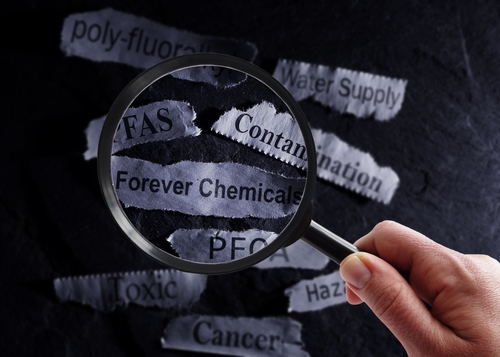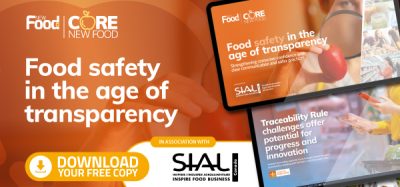UK launches inquiry into PFAS risks amid concerns over weak chemical regulation
- Like
- Digg
- Del
- Tumblr
- VKontakte
- Buffer
- Love This
- Odnoklassniki
- Meneame
- Blogger
- Amazon
- Yahoo Mail
- Gmail
- AOL
- Newsvine
- HackerNews
- Evernote
- MySpace
- Mail.ru
- Viadeo
- Line
- Comments
- Yummly
- SMS
- Viber
- Telegram
- Subscribe
- Skype
- Facebook Messenger
- Kakao
- LiveJournal
- Yammer
- Edgar
- Fintel
- Mix
- Instapaper
- Copy Link
Posted: 11 April 2025 | Ian Westcott | No comments yet
The Environmental Audit Committee has announced a major inquiry into PFAS contamination, aiming to evaluate the UK’s regulatory system and whether it is equipped to manage the rising risks these chemicals pose to public health and the food supply chain.


The UK Government’s approach to regulating PFAS, often called ‘forever chemicals’, is now under renewed scrutiny as the Environmental Audit Committee (EAC) launches a fresh inquiry into the risks these substances pose to public health and the environment. With PFAS widely used in products ranging from cookware to cosmetics and food packaging, the inquiry aims to determine whether current UK regulation and oversight are fit for purpose.
Investigating the UK’s regulatory approach
The inquiry will explore whether UK institutions, including the Environment Agency, are sufficiently equipped to detect, monitor and mitigate PFAS pollution. It will also examine how PFAS enter the supply chain and whether current research and testing infrastructure can keep pace with emerging risks.
A key focus will be on the effectiveness of UK REACH — the system for Registration, Evaluation, Authorisation and Restriction of Chemicals — and whether it is robust enough to manage the widespread use and disposal of PFAS.
Commenting on the launch, Environmental Audit Committee Chair Toby Perkins MP said:
“PFAS forever chemicals are prevalent in countless everyday items. News coverage has exposed the level of problems with PFAS, and has shone a light that the UK’s regulatory approach is far less active than in many other jurisdictions. The Committee is looking into this important topic to better understand the risks associated with PFAS, and to ask what – if anything – the Government should do to strengthen the UK’s approach.”
The inquiry will also compare the UK’s strategy to those of global peers, including the European Union and the United States.
PFAS in food: Europe’s tough stance exposes gaps in UK regulation
The European Union and United States are currently setting the pace in PFAS regulation, adopting increasingly stringent measures to reduce these chemicals in food and water.
The EU has proposed an extensive ban on thousands of PFAS compounds, currently under review by the European Chemicals Agency (ECHA). This move is designed to protect consumer health, uphold food safety, and safeguard the integrity of brands operating within the food supply chain.
The European Food Safety Authority (EFSA) has also established a tolerable weekly intake (TWI) of just 4.4 nanograms per kilogram of body weight for four key PFAS substances: PFOS, PFOA, PFNA and PFHxS. Based on this TWI, the EU’s Regulation 2023/915 sets strict maximum levels for PFAS in food categories including eggs, seafood, meat, and offal.
In addition, the European Drinking Water Directive limits concentrations of 20 PFAS compounds to a combined total of 500 ng/L, marking one of the most comprehensive drinking water protections worldwide.
Despite these measures, the UK has yet to match the EU’s regulatory ambition. The new inquiry will assess whether current UK policies are sufficiently precautionary, and whether greater alignment with international standards is necessary.
A call for evidence
The EAC is inviting written submissions from industry, scientists, regulators and the public by 5.00 pm on Monday 26 May 2025. Submissions can address any of the following:
- What benefits do PFAS provide and how widely are they used?
- To what extent are UK health and environmental regulators equipped to detect, monitor and understand the risks posed by PFAS?
- How developed is the UK’s research base on the science of PFAS and the technology required to monitor their current and future impact?
- How sophisticated is current knowledge of how and where PFAS enter the supply chain?
– What is the current understanding of how PFAS are made and then used in terms of product ranges, and geographical and socioeconomic distribution?
- To what extent are the Environment Agency, and other relevant UK bodies and research institutions, resourced to understand the current threat posed by PFAS and to monitor their impact going forward?








